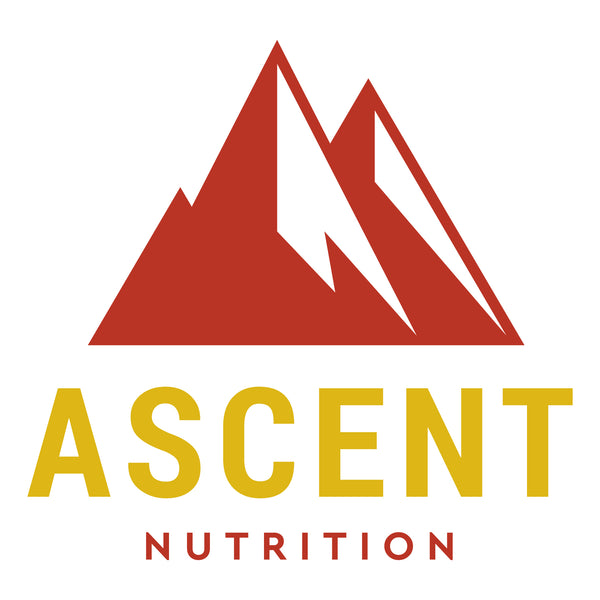-
Hamblin, M. R. (2017). Mechanisms and applications of the anti-inflammatory effects of photobiomodulation. AIMS biophysics, 4(3), 337: https://www.ncbi.nlm.nih.gov/pmc/articles/PMC5523874/
-
Antonialli, F. C., De Marchi, T., Tomazoni, S. S., Vanin, A. A., dos Santos Grandinetti, V., de Paiva, P. R. V., ... & Leal-Junior, E. C. P. (2014). Phototherapy in skeletal muscle performance and recovery after exercise: effect of combination of super-pulsed laser and light-emitting diodes. Lasers in medical science, 29, 1967-1976: https://pubmed.ncbi.nlm.nih.gov/24942380/
-
Fisher, S. R., Rigby, J. H., Mettler, J. A., & McCurdy, K. W. (2019). The effectiveness of photobiomodulation therapy versus cryotherapy for skeletal muscle recovery: a critically appraised topic. Journal of sport rehabilitation, 28(5), 526-531: https://pubmed.ncbi.nlm.nih.gov/29952693/
-
Weihrauch, D., Keszler, A., Lindemer, B., Krolikowski, J., & Lohr, N. L. (2021). Red light stimulates vasodilation through extracellular vesicle trafficking. Journal of Photochemistry and Photobiology B: Biology, 220, 112212: https://www.sciencedirect.com/science/article/abs/pii/S1011134421000919
-
Miranda, E. F., Tomazoni, S. S., de Paiva, P. R. V., Pinto, H. D., Smith, D., Santos, L. A., ... & Leal-Junior, E. C. P. (2018). When is the best moment to apply photobiomodulation therapy (PBMT) when associated to a treadmill endurance-training program? A randomized, triple-blinded, placebo-controlled clinical trial. Lasers in Medical Science, 33, 719-727: https://link.springer.com/article/10.1007/s10103-017-2396-2
-
Zhao, J., Tian, Y., Nie, J., Xu, J., & Liu, D. (2012). Red light and the sleep quality and endurance performance of Chinese female basketball players. Journal of athletic training, 47(6), 673-678: https://www.ncbi.nlm.nih.gov/pmc/articles/PMC3499892/
-
Ferraresi, C., Hamblin, M. R., & Parizotto, N. A. (2012). Low-level laser (light) therapy (LLLT) on muscle tissue: performance, fatigue and repair benefited by the power of light: Low-Level-Laser (Licht)-Therapie an Muskelgewebe–Möglichkeiten zur Verbesserung der Leistungsfähigkeit und zur Behandlung von Muskelermüdung und Muskelverletzungen. Photonics & lasers in medicine, 1(4), 267-286: https://www.ncbi.nlm.nih.gov/pmc/articles/PMC3635110/
-
Foley, J., Vasily, D. B., Bradle, J., Rudio, C., & Calderhead, R. G. (2016). 830 nm light-emitting diode (led) phototherapy significantly reduced return-to-play in injured university athletes: a pilot study. Laser therapy, 25(1), 35-42: https://www.ncbi.nlm.nih.gov/pmc/articles/PMC4846838/
-
Bjordal, J. M., Lopes-Martins, R. A. B., & Iversen, V. V. (2006). A randomised, placebo controlled trial of low level laser therapy for activated Achilles tendinitis with microdialysis measurement of peritendinous prostaglandin E2 concentrations. British journal of sports medicine, 40(1), 76-80: https://pubmed.ncbi.nlm.nih.gov/16371497/
-
Baroni, B. M., Leal Junior, E. C. P., De Marchi, T., Lopes, A. L., Salvador, M., & Vaz, M. A. (2010). Low level laser therapy before eccentric exercise reduces muscle damage markers in humans. European journal of applied physiology, 110, 789-796: https://link.springer.com/article/10.1007/s00421-010-1562-z
-
Vanin, A. A., Miranda, E. F., Machado, C. S. M., de Paiva, P. R. V., Albuquerque-Pontes, G. M., Casalechi, H. L., ... & Leal-Junior, E. C. P. (2016). What is the best moment to apply phototherapy when associated to a strength training program? A randomized, double-blinded, placebo-controlled trial: phototherapy in association to strength training. Lasers in medical science, 31, 1555-1564: https://link.springer.com/article/10.1007/s10103-016-2015-7

